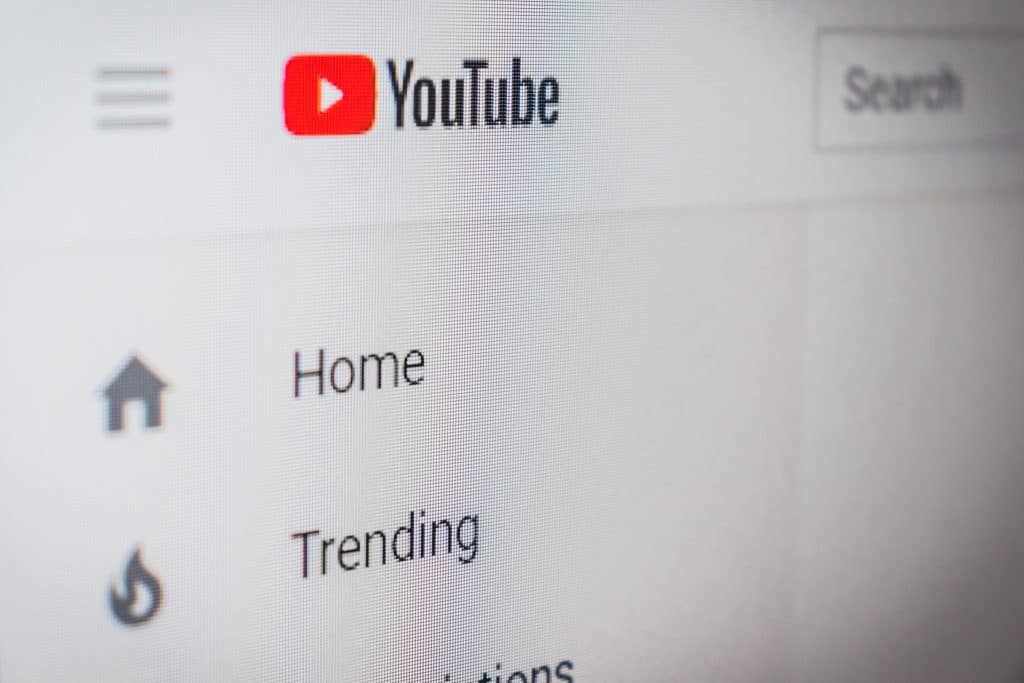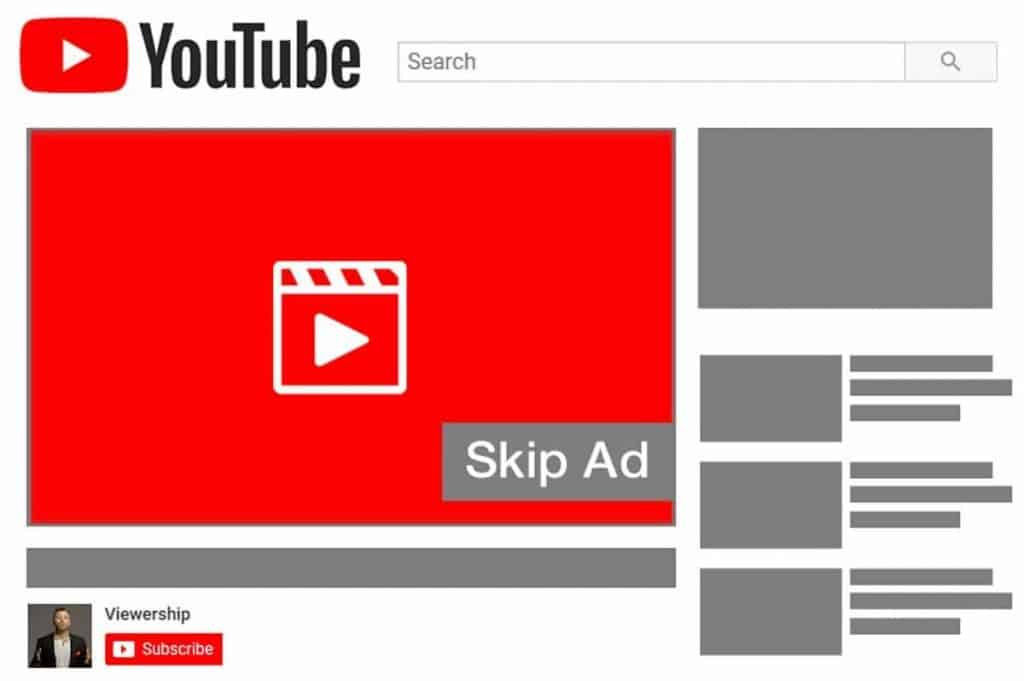How YouTubers get paid is often a point of interest for people who are considering getting into the platform.
And, for that matter, many people who have no interest in becoming a YouTuber but nevertheless are curious.
There are, of course, several ways in which a YouTuber can get paid from their channel, and there is plenty of information about the different aspects of YouTuber earnings, many of which you can find on this very blog.
Do YouTubers Get Paid for Views?
So, straight to the meat of the topic. Do YouTubers get paid for views? The answer is a little mixed – YouTube channels need to be part of the YouTube Partner Program to earn money directly from the adverts displayed on their videos. Once a channel has 1000 subscribers, 4000 watch time hours and are accepted into the program they ca earn anywhere between $1-10 per thousand advert views.
There are other YouTubers that do get paid but that choose to operate in ways that don’t earn them money on a per-view basis.
Let’s back up a little.
It’s worth noting that, effectively, all YouTube earnings are based on views one way or another. Even YouTubers who earn their revenue primarily through things like brand deals and crowdfunding need to have enough interest in their content to make money, and that interest is expressed through views. Granted some methods of generating revenue require considerably fewer views to make a given amount of money than others, but it all comes to back to views one way or another.
Still, a channel getting a lucrative brand deal because they have millions of views a month is not what we typically mean when talk about getting paid for views on YouTube. So what do we mean?
The YouTube Partner Programme
We are, of course, talking about monetisation through YouTube’s Partner Programme, which is the most common way that YouTubers monetise their channels—at least in the beginning.
This programme works by displaying ads on your content and, for channels that qualify, splitting the revenue. There are certain criteria that need to be met, such as how long an ad is watched for, or whether the ad was interacted with, but for the most part, the basic rule of more view equals more revenue applies.
Watch Time
Of course, like most things in life, the reality is a little more complex. We’ve already hinted that the amount of time an ad is watched affects whether it earns any money, but when we are talking about revenue per view, the length of the video is also important.
YouTube doesn’t just show one ad on a video, it will cram as many in there as you let it, and the longer the video, the more ads that can be shown. Again, whether the ads get watched is a different matter, but a video that is long enough to show four advertisements has the potential to earn four times as much revenue as one that only shows one ad.
Engagement
Those of you who can read between the lines may already have made this connection, but the natural result of more ads increasing the revenue doesn’t just mean that longer videos have the potential to earn more money, it also means that engagement is important, too.
The crucial point about having that video we mentioned that is long enough to show four times as many advertisements is that those advertisements only earn revenue if they are watched. That means that if a viewer checks out before the second ad, the rest of those ads may as well have not been there for all the good they do.
How is Revenue Calculated?
For view-based revenue on YouTube, there are two central metrics for calculating how money a channel is making; CPM and RPM.
CPM—cost per mille—refers to the amount of money that a channel is making per thousand views. CPM factors all the videos that are eligible for monetisation (and only those videos), which means that you get an average spread in terms of revenue, which is to say that videos that make very little will bring your CPM down, whereas videos that make a lot will bring it up.
CPM does not account for YouTube’s share of the revenue, nor does it factor any of the many other ways which you can make money through the platform, or external to the platform for that matter.
RPM—revenue per mille—is a metric designed to give YouTubers a better sense of how much revenue their channel is making. Like CPM, it refers to the amount of money you are making per thousand views, but unlike CPM, it factors in all views. It also factors in several other sources of revenue (from within the YouTube platform) such as memberships, and super chat.
Revenue Sources YouTube Doesn’t Account For
YouTube can only factor in revenue that you make through their platform, but there are other ways to earn money from the success of your channel.
Let’s take a brief look at some of the more popular ones.
Third Party Subscription and Donations
The most direct way for your viewers to support you is by sending you money, of course.
This can be done through direct donations, such as through PayPal, but it can also be done using platforms like Patreon, which allow your viewers to set up a recurring payment to support your content.
This is essentially the same model that the YouTube Membership system is based on.
Brand Deals and Endorsements
For YouTubers who have a significant influence in a particular area—or just a heck of a lot of subscribers—brand deals and endorsements can become an option.
This is where a company comes to you directly, paying you to endorse a product or service, sponsoring a video.
These deals are typically far more lucrative than anything you would get through the YouTube Partner Programme, but are much harder to get since your channel has to be very successful to get noticed by brands. It is possible to get brand deals as a smaller channel, but you generally have to be a big player in a specific niche for that to happen.
Affiliate Marketing
For YouTubers whose content lends itself well to affiliate marketing, tying in your content to a relevant affiliate program can be a great way to increase the revenue your channel earns.
The most common example of this is YouTube channels that review or highlight products sharing Amazon Affiliate links to those products in their descriptions.
How to Increase Revenue Per Views
Though there is no one-size-fits-all solution, we can boil down the keys to success to a few significant points. Firstly, focus on watch time and engagement. The longer your videos are, and the more watch time they accumulate, the more revenue they will have the chance to generate.
There are also ways to direct your content so that it is more likely to earn more money. Generally speaking, targeting niches that have a high click through rate, or that get bid on highly by advertisers, will mean that your videos generate more money per view.
Beyond that, though it no doubt feels like a bit of a cop out, the best advice for increasing the revenue of your channel is to focus on the content and make the best videos you can. High quality content is the foundation upon which successful channels are built, and starting with a good foundation will always give you a better chance of success in the long run.
How Much is a View Worth on Average?
As we have hopefully made clear, there is no fixed amount we can give, but for a rough idea of how much a view is worth, the average ad view on YouTube will make somewhere between $0.01 and $0.03.
This is, of course, subject to any criteria regarding how long the ad is watched for. Ads that are watched for less than a given amount of time will not earn the channel any money.
If this number seems a little low, it generally is considered to be, which is why YouTube Partner Programme earnings are rarely deemed a good method to base your entire income on.
Final Thoughts
Trying to put a solid number on something like YouTube earnings is a losing battle; there are simply too many variables that can change that number.
And, while YouTubers can often calculate their earnings as a per view metric, the reality of those earnings is often considerably more complicated, with revenue coming from several different places, and at a far from consistent rate.
If you are becoming a YouTuber with revenue generation being the primary goal, it will help to shape your channel from the very beginning with that in mind; focusing on appropriate niches, making content that lends itself well to earning money.
If you are joining YouTube for the love of making content, however, just focus on that to begin with, and figure the rest out as you go along.




